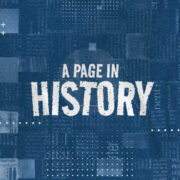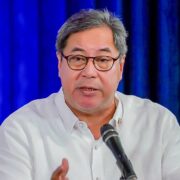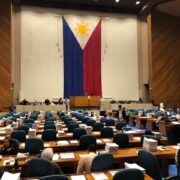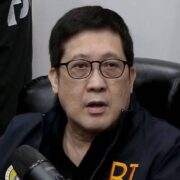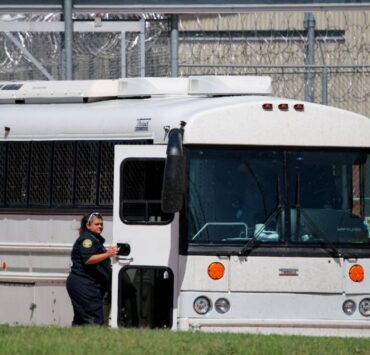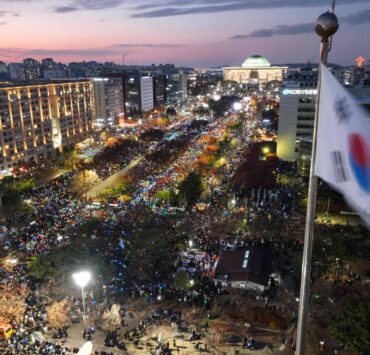Death of Francis throws light on cardinals choosing next pope
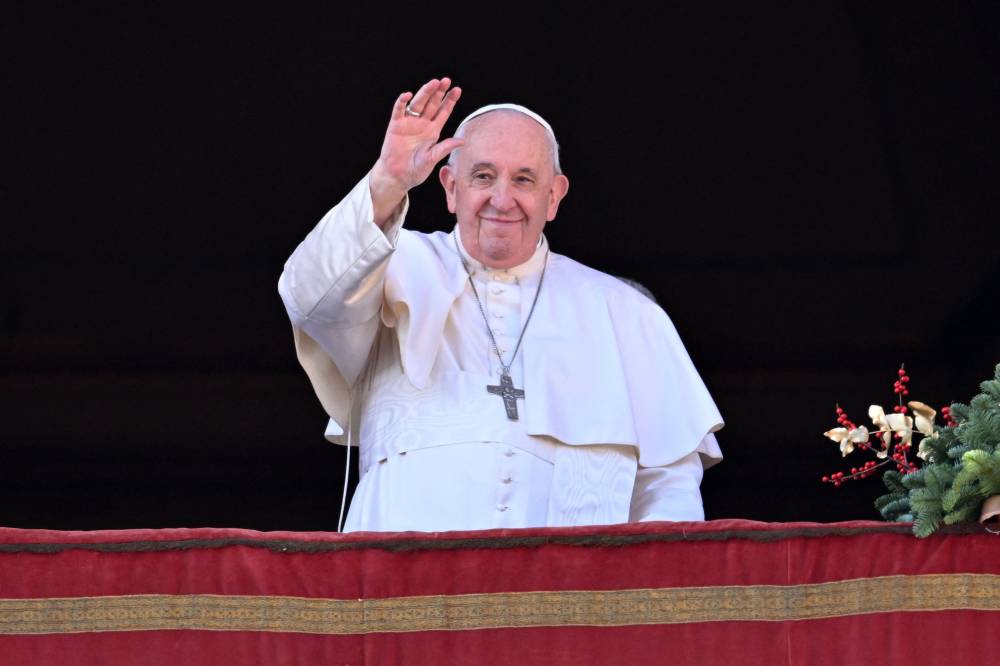
VATICAN CITY—With the death of Pope Francis, Roman Catholics around the globe will start speculating on who among the red-robed cardinals will succeed him.
Given the nature of cardinal appointments Francis made during his papacy, there will inevitably be some expectation that the Argentine pontiff’s successor will be another non-European, and that like Francis he could be another progressive.
However, the election process that will take place once Francis is buried is highly secretive and nothing will be certain until white smoke pouring from the chimney of the Sistine Chapel tells the world that a new Pope has been picked.
Cardinals are a Pontiff’s closest collaborators, running key departments at the Vatican and dioceses around the world. When a Pope dies or resigns, those cardinals aged under 80 are eligible to enter a secret conclave to choose the new head of the nearly 1.4 billion-member Roman Catholic Church from among themselves.
The complex vote will reveal if the current cardinals, most of them put there by Francis, believe his embrace of liberal social values and his progressive reform agenda have gone too far and whether a period of retrenchment is needed.
The cardinals will set the date for the start of the conclave after they start arriving in Rome in the coming days.
Only a Pope can appoint cardinals and the type of men he chooses can leave his stamp on the Church long after his reign—because of their status as senior clerics and because one of them may end up as Pontiff.
As of April 21, there were a total of 252 cardinals, 135 of them cardinal electors under 80. 109 of the electors were appointed by Francis, 22 by his predecessor Benedict and five by John Paul II.
Another non-European
Cardinals are “created” at ceremonies called consistories, where they are given their ring, a red biretta—a square cap—and pledge loyalty to the Pope, even if it means sacrificing their lives.
Pope Francis held 10 consistories and with each of them, he increased the chances that his successor will be another non-European, having beefed up the Church in places where it is either a tiny minority or where it is growing faster than in the mostly stagnant West.
For many centuries, most cardinals were Italian, except for a period when the papacy was based in Avignon between 1309 to 1377, when many were French.
The internationalization of the College of Cardinals began under Paul VI (1963-1978). It was accelerated by John Paul II (1978-2005), a Pope who was the first non-Italian Pope in 455 years.
While Europe still has the largest share of cardinal electors, with about 39 percent, it is down from 52 percent in 2013 when Francis became the first Latin American pope. The second largest group is from Asia and Oceania, with about 20 percent.
Francis appointed more than 20 cardinals from countries that had never previously had a cardinal, nearly all of them from developing countries or countries with very few Catholics such as Sweden.
Reuters, the news and media division of Thomson Reuters, is the world’s largest multimedia news provider, reaching billions of people worldwide every day. Reuters provides business, financial, national and international news to professionals via desktop terminals, the world's media organizations, industry events and directly to consumers.



